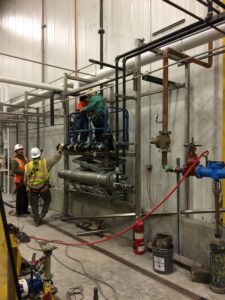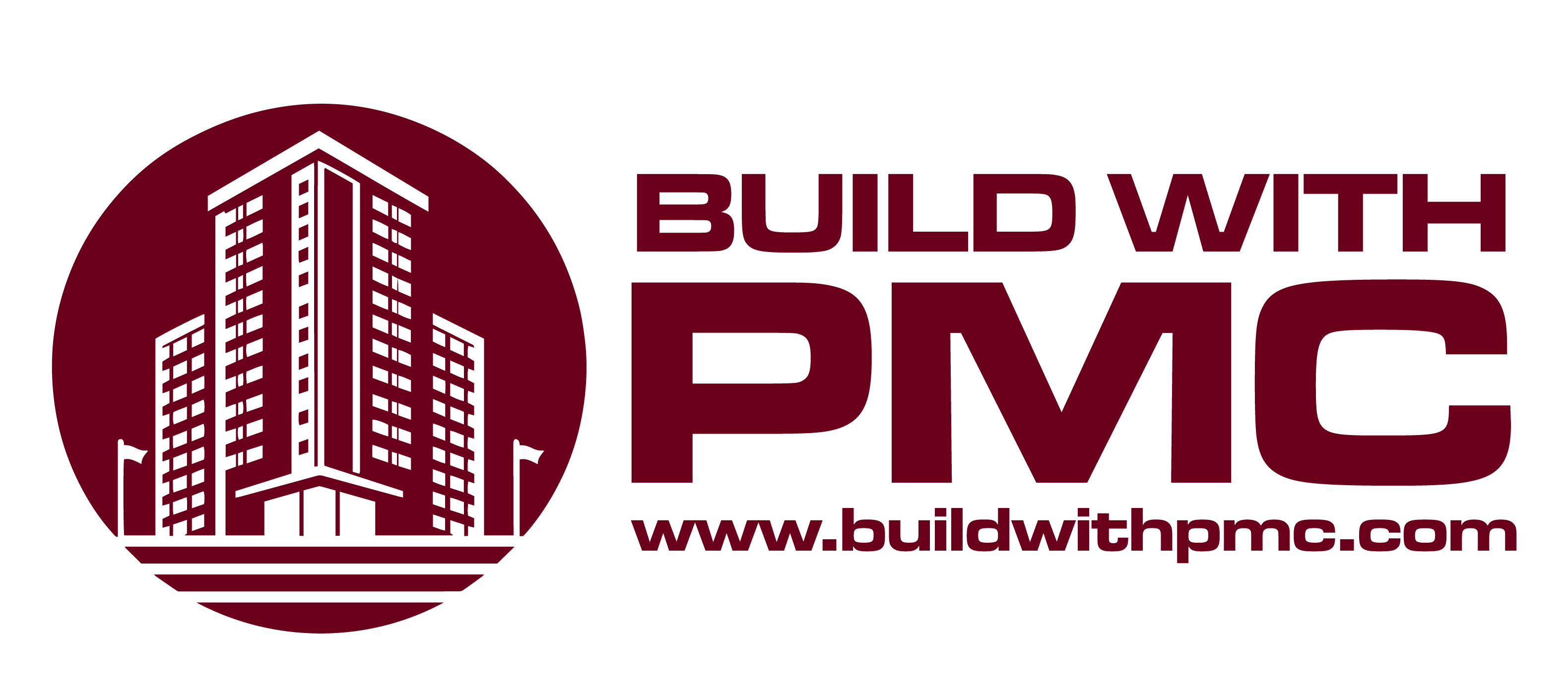Process piping plays a critical role in the safe and efficient transport of fluids within industrial systems, from chemical plants to oil refineries. It involves a complex network of pipes, valves, and other components designed to control the flow, temperature, and pressure of various liquids and gases. Understanding the intricacies of process piping is essential for engineers and technicians who aim to maintain system integrity while meeting industry standards. This guide delves into key concepts, offering insights into the essential elements of these systems.
Key Components of a Process Piping System
Process piping systems rely on several critical components to ensure smooth and safe fluid transport across industrial environments. Key components include:
- Pipes: The foundation of process piping systems, pipes transport fluids across various distances. Materials like stainless steel, copper, and plastic are selected based on the fluid type, pressure, temperature, and specific industry requirements.
- Valves: Valves play a crucial role in managing the flow, pressure, and isolation of fluids within the system. Different types, such as gate, globe, and check valves, provide flexibility and control for various operational needs.
- Fittings: Fittings connect pipes, enabling direction changes, branching, and diameter adjustments. Common fittings include elbows, tees, and couplings, which ensure the system can adapt to the physical layout and flow requirements.
- Pumps: Pumps are responsible for moving fluids through the system at the required flow rate and pressure. These are vital for maintaining consistent fluid transport, especially in systems with long distances or varying elevations.
How Process Piping Ensures Safe Fluid Transport
Process piping systems are engineered with safety as a top priority, especially in industries where hazardous or high-pressure fluids are involved. Proper design and installation are crucial to prevent leaks, bursts, or contamination. The system uses robust materials and precise welding techniques to create secure, leak-proof connections, ensuring safe fluid transport even under extreme conditions.
In addition to the materials used, safety measures include regular pressure testing and monitoring. Pressure relief valves are also incorporated to prevent over-pressurization, which could cause accidents. By adhering to strict safety protocols and maintenance routines, process piping systems reduce the risk of dangerous leaks, ensuring both the safety of personnel and the integrity of the industrial processes.

Understanding the Role of Valves in Process Piping
Valves are fundamental to controlling the flow within a process piping system. Whether it’s to start, stop, or regulate the flow of fluids, valves ensure that the system operates as designed. Types of valves include gate valves for full flow isolation, globe valves for throttling, and check valves to prevent reverse flow. Each type serves a distinct function, contributing to the overall efficiency and safety of the system.
In addition to flow control, valves play a role in maintaining pressure and temperature balance. Automated control valves, for instance, adjust flow rates in response to system demands, optimizing performance. Valves must be carefully selected based on fluid characteristics, system pressure, and temperature requirements to ensure they meet operational and safety standards.
The Impact of Temperature and Pressure Control in Process Piping
Maintaining precise control over temperature and pressure is critical for the effective operation of a process piping system. Uncontrolled fluctuations can lead to system failure or damage to the pipes and equipment. To prevent this, temperature control mechanisms such as heat exchangers are used to regulate the thermal conditions within the system. Insulation is also often applied to piping to maintain desired temperatures over long distances.
Pressure control is equally vital. Pressure relief valves, regulators, and safety devices are integrated into the system to prevent over-pressurization, which can lead to catastrophic failure. Monitoring systems continuously check the pressure and temperature, allowing operators to make real-time adjustments and avoid any operational risks associated with these factors.
Common Materials Used in Process Piping Systems
Process piping systems require materials that can withstand varying pressures, temperatures, and chemical exposures. The choice of material depends on the application. Common materials include:
- Stainless Steel: Widely used for its strength, corrosion resistance, and ability to handle high temperatures, making it ideal for industries like food processing and chemical manufacturing.
- Carbon Steel: Known for its durability and cost-effectiveness, carbon steel is commonly used in high-pressure applications, particularly in oil and gas industries.
- PVC (Polyvinyl Chloride): A popular choice for low-temperature and low-pressure systems, especially where chemical resistance is required, such as in water treatment plants.
- Copper: Often used in plumbing and HVAC systems due to its excellent thermal conductivity and resistance to corrosion, making it suitable for both hot and cold fluid transport.
Industry Standards Governing Process Piping Design
Process piping systems are governed by a set of industry standards to ensure safety, reliability, and efficiency. Organizations like the American Society of Mechanical Engineers (ASME) provide codes, such as the ASME B31.3, which outlines the requirements for process piping design, materials, and installation. These standards ensure that piping systems are built to withstand the pressures and environmental conditions they will face.
Adherence to these standards is critical, as non-compliance can lead to system failures, safety risks, and legal repercussions. Engineers and contractors must stay updated on the latest codes and regulations to ensure the design and installation of systems meet industry best practices. Routine inspections are also required to maintain compliance and ensure ongoing system safety.
Maintenance Best Practices for Process Piping Systems
Effective maintenance of process piping systems is essential for ensuring safety, performance, and longevity. Here are some best practices:
- Regular Inspections: Conduct visual and non-destructive testing (NDT) methods, such as ultrasonic or radiographic testing, to detect internal and external wear, corrosion, or leaks before they cause significant issues.
- Routine Cleaning: Periodically flush and clean the piping system to remove deposits, build-up, or debris that could obstruct fluid flow or affect system efficiency. This helps in preventing blockages and ensures smooth operations.
- Timely Component Replacement: Monitor the condition of valves, seals, and joints. Replace any worn or damaged components promptly to avoid unexpected failures or leaks that could disrupt the system’s functionality.
- Comprehensive Documentation: Maintain detailed records of all maintenance activities, including inspection results, repairs, and replacements. This helps in tracking the system’s condition and ensures compliance with safety and industry standards.
Conclusion
Understanding the key concepts of process piping is crucial for ensuring the safety and efficiency of industrial systems. Whether you’re dealing with fluid transport, pressure control, or system maintenance, having the right knowledge can prevent costly issues and enhance performance. At PMC INC, we specialize in designing and maintaining high-quality process piping systems tailored to meet the specific needs of businesses in Fontana, California.
Our experienced team is dedicated to delivering reliable solutions that keep your operations running smoothly. If you need expert assistance with your piping systems, don’t hesitate to contact us at 562-905-3101. Let us help you maintain the integrity and efficiency of your industrial processes. Call PMC INC today for a consultation!



